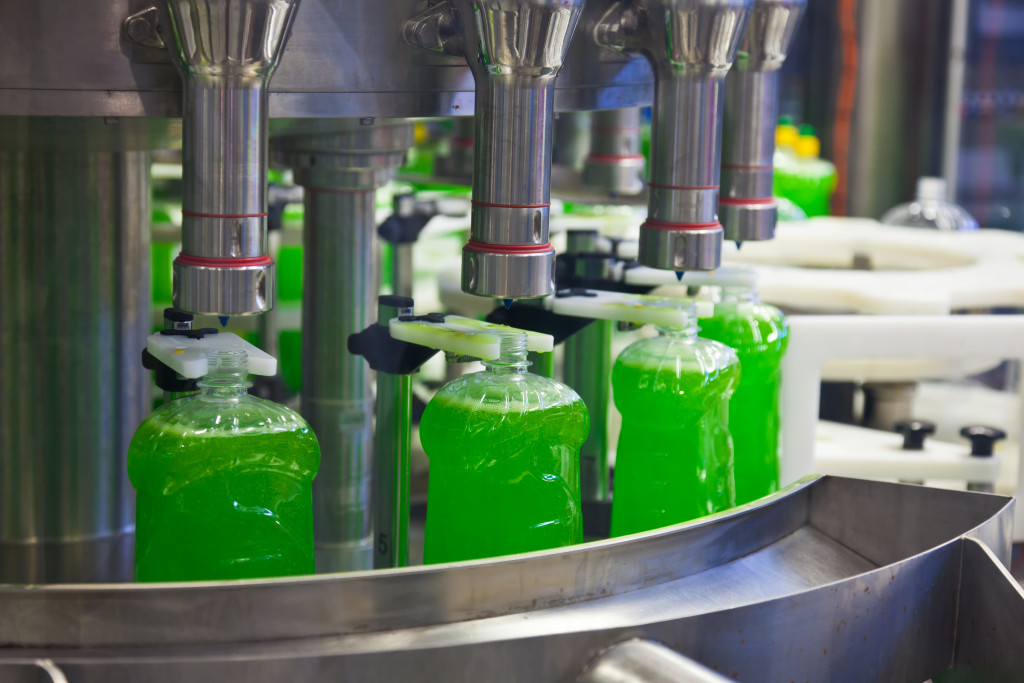- Data sources must be accurate and reliable, with wireless pressure sensors offering greater precision when collecting data from multiple machines.
- The data’s accuracy, relevance, and availability should be assessed carefully before implementation to ensure reliable machine-learning models.
- Metrics should be monitored closely to identify potential problems before they occur and automatically adjust parameters when needed.
- An accurate maintenance schedule must be customized to each machinery unit to prevent system failures and downtime.
Predictive maintenance uses data to predict when maintenance needs to be performed on a machine or equipment. It offers numerous advantages over reactive and preventive maintenance, such as improved safety, better asset performance, enhanced efficiency, and cost savings.
However, predictive maintenance requires careful consideration before implementation in any factory setting. With proper planning and execution, predictive maintenance can significantly benefit factories looking to optimize their operations.
The data sources and types of equipment involved
Accuracy is critical when it comes to adequately considering the data sources and types of equipment involved in predictive maintenance for a factory. In particular, with modern advancements in reliable wireless pressure sensors, companies have access to more precise readings of levels and other feedback to inform their work.
This is especially important when gathering data from multiple machines simultaneously: ensuring your data sources are accurate can result in quick resolution of problems and fewer prolonged downtime issues. Therefore, leveraging sensible strategies for collecting precise data – including making use of reliable wireless pressure sensors – is paramount to the success of an ongoing predictive maintenance program.
Predictive maintenance processes
Here are some considerations you need to know when it comes to the predictive maintenance processes:
The accuracy, relevance, and availability of the data
Performing predictive maintenance in a factory is essential to prevent errors and breakdowns, which would otherwise lead to considerable losses and downtime. To ensure optimal outcomes, it is critical to consider the data’s accuracy, relevance, and availability. Data quality directly influences the reliability of machine learning models and should be considered when assessing an application for machine learning for predictive maintenance.
Poorly gathered or unreliable data can lead to misguided decisions or remedies that won’t resolve machine failure efficiently. Delays or misidentification of maintenance requirements could cause long-term damage or propagation events, which cost more time and money every day until fully resolved.
How to interpret the data correctly

For predictive maintenance to be an effective and cost-efficient tool to improve operations in a factory, the data used for analysis must be interpreted correctly. Analyzing data within a predictive maintenance model requires a comprehensive understanding of the collected data and associated business goals.
By thoroughly assessing the contextual information accompanying the data and accurately identifying trends or anomalies, decision-makers can devise strategies that offer the most efficient and effective solutions. Improperly interpreting the data can significantly impact profitability, as forecasting errors and unnecessary repairs can incur resource costs.
Consequently, all stakeholders involved in running predictive maintenance models must receive sufficient training to correctly interpret the data and draw meaningful insights that can confidently inform decisions.
What metrics need monitoring to identify potential issues
Predictive maintenance is an essential tool that can help reduce downtime and increase factory production. Metrics should be monitored closely to anticipate problems before they occur instead of waiting for a component or machine to fail, leading to costly repairs and disruption on the factory floor.
At a minimum, temperature levels, vibrations, and energy usage should all be monitored to identify any sudden or chronic changes in operations. If a component or system isn’t running as expected, it may indicate a problem that needs correction before the issue causes further deterioration. Identifying problems early may automatically adjust parameters to reset the system immediately when shown. It’s essential to monitor these metrics regularly both for cost savings and increased productivity purposes.
The maintenance schedule for each type of machinery

Properly considering the maintenance schedule for different machinery is an invaluable part of predictive maintenance. Regular inspections and maintenance can catch minor problems before they become more prominent and expensive.
Not scheduling proper check-ups can lead to system failures, resulting in downtime, repair costs, and a damaged reputation. This is why having an accurate and up-to-date maintenance schedule customized to each machinery unit is essential — not just for preventing problems but also to keep management adequately informed about the factory’s operation.
Having a trustworthy record of each equipment’s maintenance history will also make it easier for management to spot patterns or other insights that could be used strategically to improve operations further.
Who will be responsible for regular maintenance checks
When implementing a predictive maintenance program in your factory, consider who will be responsible for routine maintenance checks. Predictive maintenance relies on data collected through regular inspections and equipment monitoring, so having the proper personnel to carry out these tasks is essential for success.
It is essential to ensure that those responsible have a thorough understanding of how different systems work and can tailor the inspection routine according to the specific needs of each device or system. Dedicating limited resources to hiring and training qualified personnel or contracting with an experienced firm can help you optimize your predictive maintenance efforts and ensure long-term success.
These are all essential considerations when introducing and implementing predictive maintenance in a factory setting. With proper planning, the benefits of predictive maintenance can be realized, and your operations can remain efficient and cost-effective.

